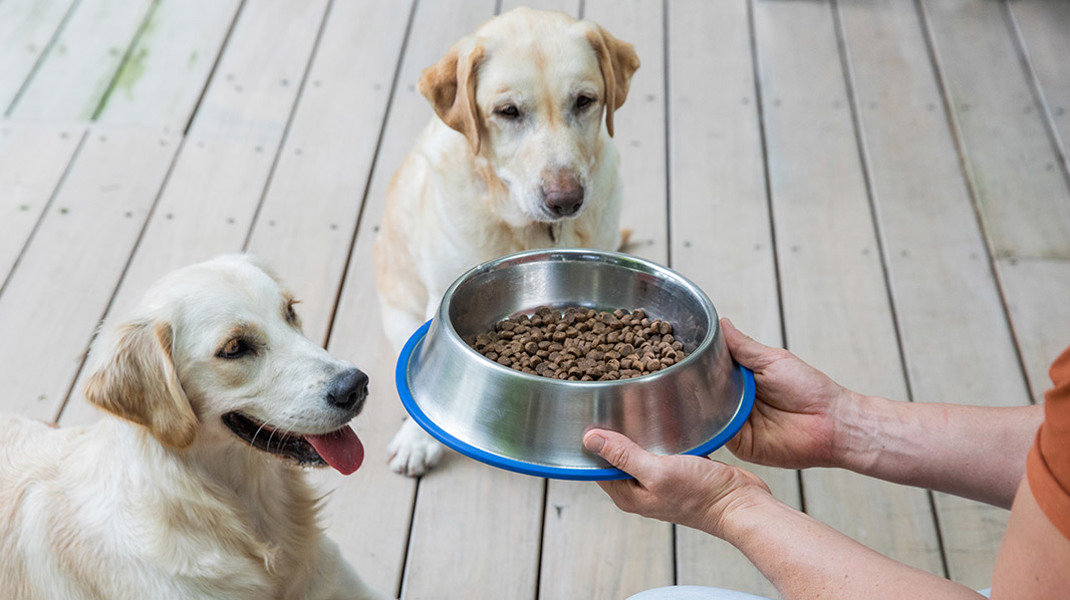Why does my dog get diarrhea when I change their food?

Dogs develop diarrhoea when their food is changed if a long enough transition period between diets isn’t allowed. This is because “good” bacteria and “bad” bacteria are both present in the gut at all times. Normally, the good bacteria outnumber the bad bacteria, and this allows the gut to function normally.
When changing food, the good bacteria in the gut need time to adapt and change, to cope with digesting the new food. If a transition period isn’t allowed, the good bacteria are overwhelmed and an overgrowth of bad bacteria will occur. This can result in a temporary diarrhoea. This isn’t the same as a true infection, in that the dog shouldn’t go off of its food, or have a temperature. But it can cause a sore tummy.
When transitioning between any diets, it’s important to do so slowly.
Veterinarians usually recommend transitioning over 1-2 weeks (2 weeks is better), regardless of what diets you’re transitioning between. It is very common for dogs to have softer stools during the transition period, and isn’t anything to worry about. This should all resolve by the end of the transition period.
Please note: If your dog’s diarrhoea fails to resolve, or your dog goes off of its food or seems unwell, then it needs to be seen by a veterinarian.


